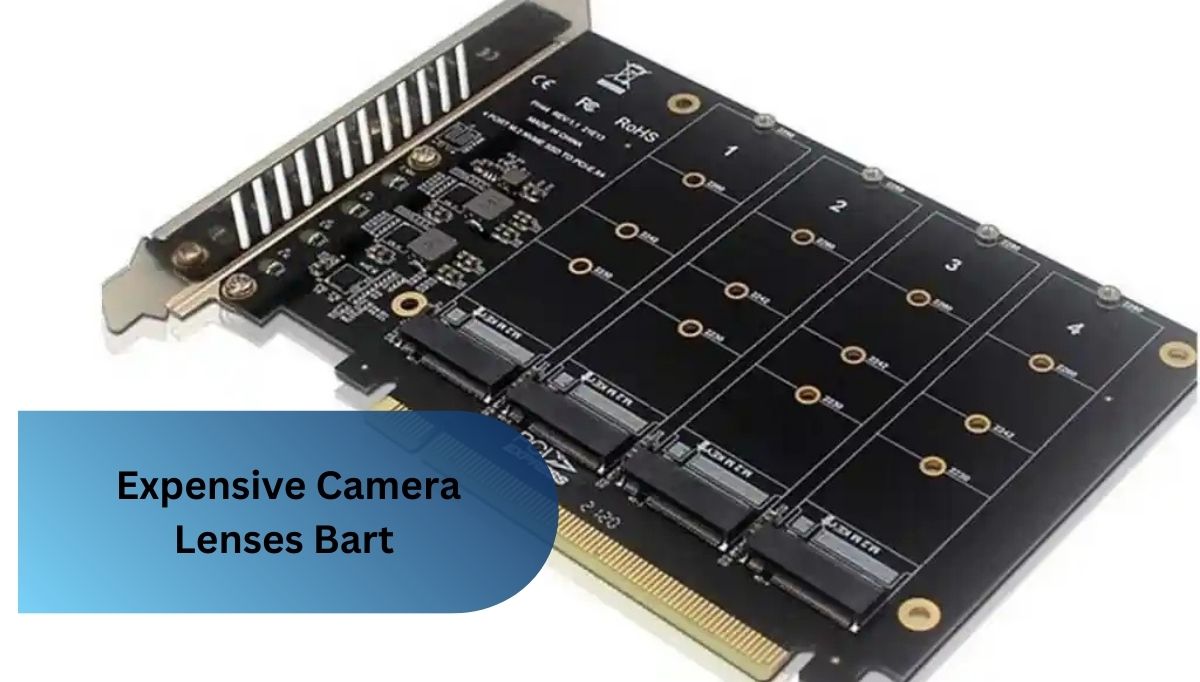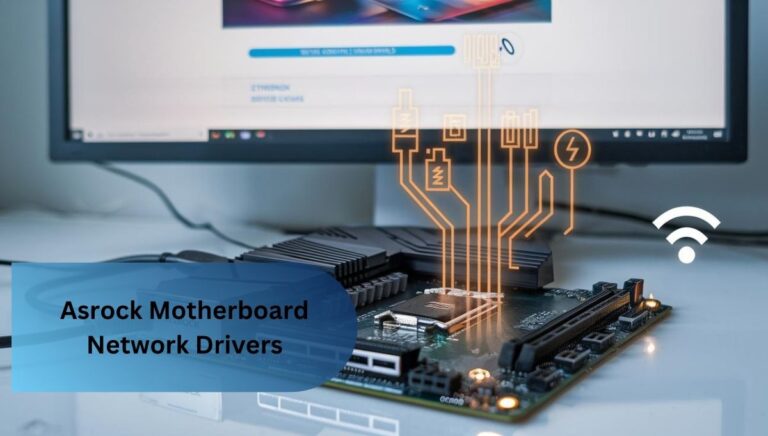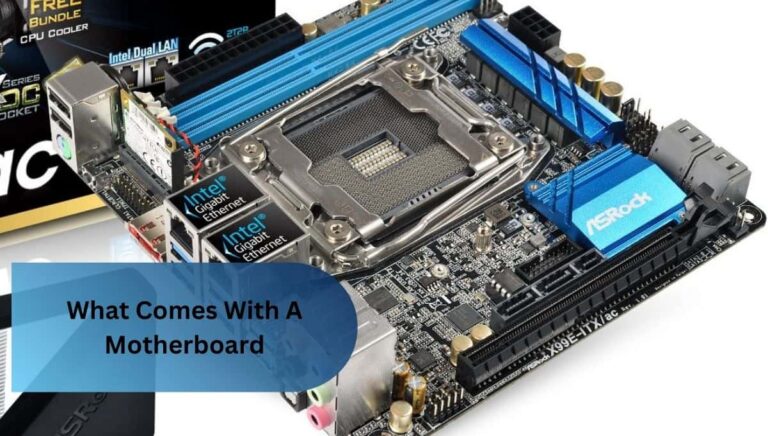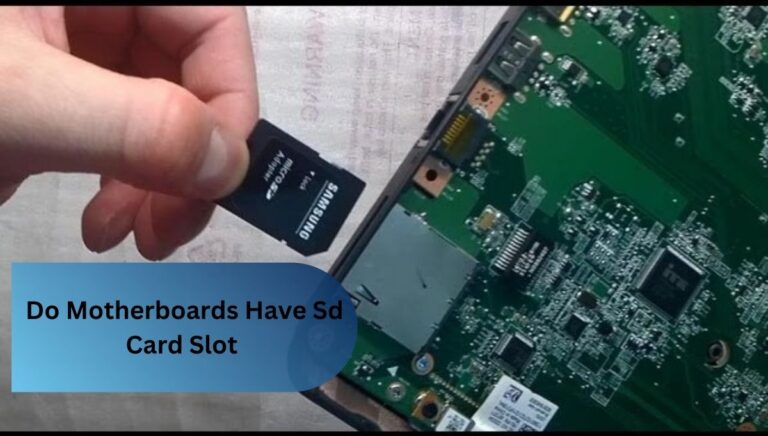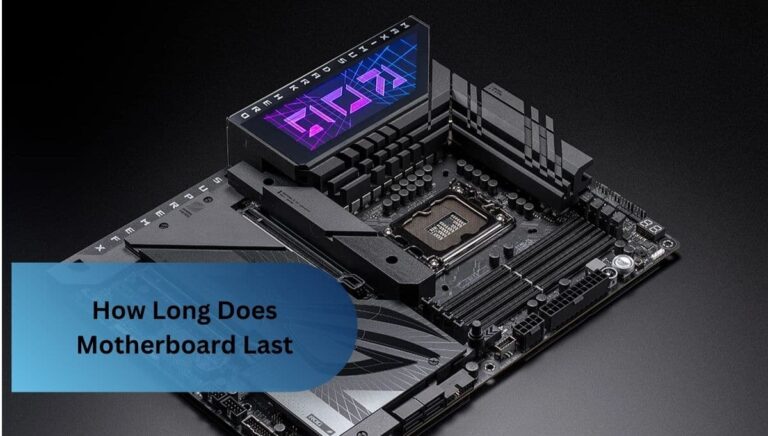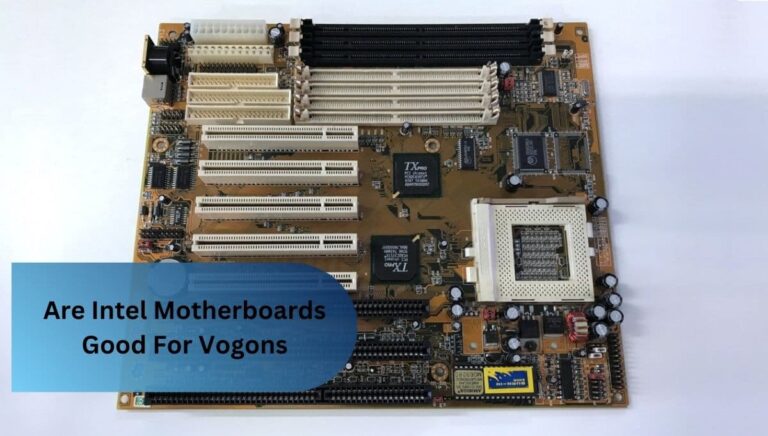Pcie Bifurcation Motherboard List – A Comprehensive Guide!
Using a PCIe bifurcation motherboard made it easy to connect multiple NVMe drives without extra adapters, boosting my storage setup’s speed and efficiency. It allowed me to run demanding tasks smoothly, with no noticeable lag.
A PCIe bifurcation motherboard list helps identify boards that support splitting PCIe lanes, allowing you to connect multiple devices like NVMe SSDs or GPUs. It’s essential for maximizing performance in compact or custom-built systems.
Introduction To Pcie Bifurcation Motherboard List
The PCIe bifurcation motherboard list provides details on motherboards that support splitting PCIe lanes, allowing a single PCIe slot to connect multiple devices like SSDs or GPUs. By using a motherboard from the PCIe bifurcation motherboard list, users can optimize space and performance in their system setups.
These motherboards enable flexible configurations, which are especially useful for high-performance computing or gaming. Whether you’re building a custom PC or upgrading an existing one, the PCIe bifurcation motherboard list serves as a valuable resource for selecting boards that meet your specific needs.
What Is Pcie Bifurcation?
PCIe bifurcation is the process of splitting a single PCIe slot into multiple smaller lanes, allowing a single connection to be divided for multiple devices. When considering options from a PCIe bifurcation motherboard list, this feature helps maximize the use of PCIe slots by enabling configurations like dividing a x16 slot into two x8 or four x4 lanes.
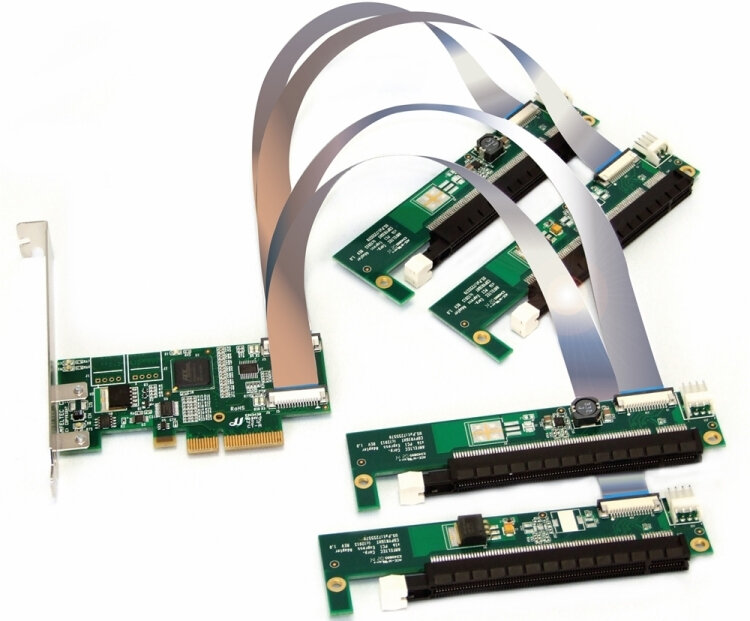
This makes it easier to connect several devices, such as NVMe SSDs or GPUs, using fewer slots on the motherboard. Choosing the right board from a PCIe bifurcation motherboard list can help optimize system performance and flexibility.
Benefits Of Pcie Bifurcation
- Maximizes Slot Usage: Allows multiple devices to share a single PCIe slot, making the most of available space.
- Enhanced Performance: Enables the use of multiple high-speed storage drives or GPUs, boosting overall system speed.
- Flexible Configurations: Offers different lane setups (e.g., x8/x8 or x4/x4/x4/x4) to match specific needs.
- Improves Data Transfer: Increases the speed of data transfer by allowing more direct connections to the motherboard.
- Cost-Effective Upgrades: Provides a way to expand system capabilities without needing additional PCIe slots or adapters.
Pcie Bifurcation Motherboard Compatibility
1. Understanding PCIe Bifurcation Support:
Understanding PCIe bifurcation support is crucial when selecting a motherboard, as not all models can split PCIe lanes effectively. Motherboards with this feature can connect multiple devices through a single PCIe slot, enhancing performance and flexibility. Always check the specifications to ensure compatibility with your intended setup.
2. Key Factors for Compatibility:
- Chipset Quality: Higher-end chipsets, like AMD’s X570 and Intel’s Z590, are more likely to support PCIe bifurcation and provide flexible lane configurations.
- CPU Compatibility: Ensure your CPU can handle multiple PCIe lanes, as some processors may limit the available lanes for bifurcation.
- Firmware Updates: Check for any necessary BIOS or firmware updates that may enable or enhance PCIe bifurcation support on your motherboard.
3. Recommended Motherboard Brands:
Several brands are well-known for producing motherboards that support PCIe bifurcation, including ASUS, Gigabyte, MSI, and ASRock. Each of these brands offers a range of models designed to cater to different performance needs and configurations, making it easier to find a suitable option for your setup.
Things To Consider When Choosing A Pcie Bifurcation Motherboard
When selecting a PCIe bifurcation motherboard, it’s important to focus on key factors that affect performance and compatibility. Make sure the motherboard can support the specific bifurcation setup needed for your devices.
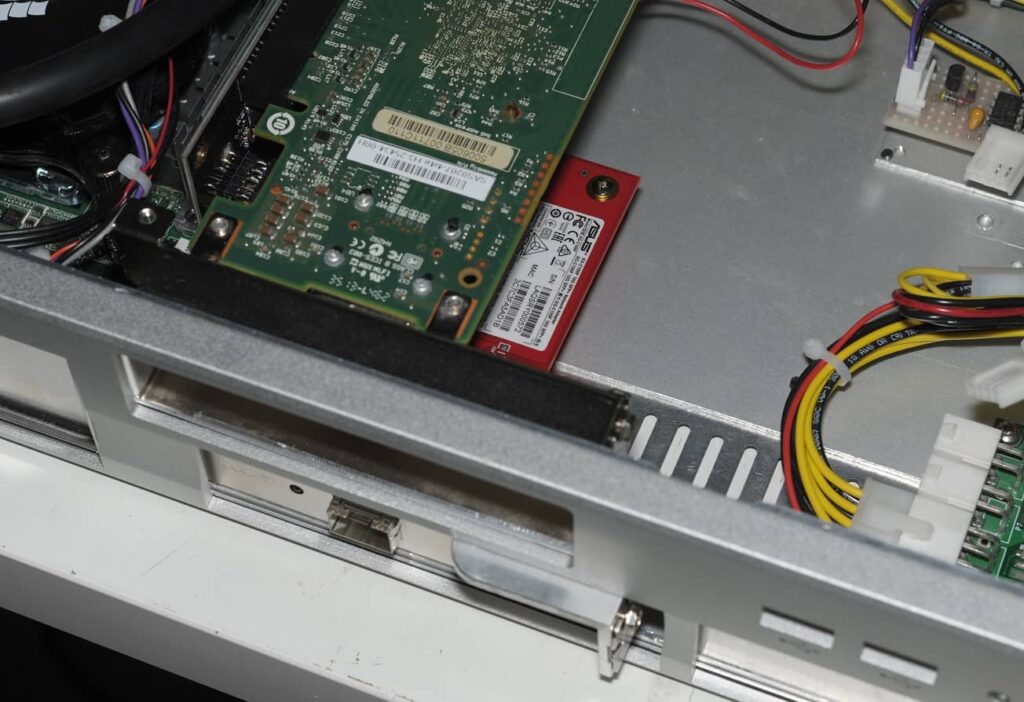
Also, pay attention to the chipset quality, CPU compatibility, and the number of PCIe slots available for future upgrades. By doing thorough research, you can find a motherboard that fits your needs and enhances your system’s overall performance.
1. Key Considerations:
- Bifurcation Support: Confirm the motherboard allows for the specific PCIe lane splitting you need.
- Chipset Features: Look for high-quality chipsets that offer better support for bifurcation.
- CPU Compatibility: Ensure your processor can utilize the available PCIe lanes effectively.
- Expansion Slots: Check the number of PCIe slots available for future upgrades.
- Firmware and BIOS: Verify if any updates are needed to enable or improve bifurcation functionality.
Configuring PCIe Bifurcation
1. Step-by-Step Guide to Configuring PCIe Bifurcation:
To configure PCIe bifurcation, start by entering your motherboard’s BIOS or UEFI settings during boot-up. Look for the PCIe configuration menu, where you can adjust lane settings for the desired slot. After making your changes, save the settings and restart your system to enable bifurcation.
2. Verifying Device Recognition:
- Check Device Manager: Open the device manager in your operating system to see if all connected devices appear under the appropriate categories.
- Use System Information Tools: Utilize built-in system information tools to confirm that your devices are recognized and functioning correctly.
- Run Diagnostic Software: Consider using diagnostic software that can scan for connected hardware to ensure everything is detected and working as expected.
3. Troubleshooting Common Issues:
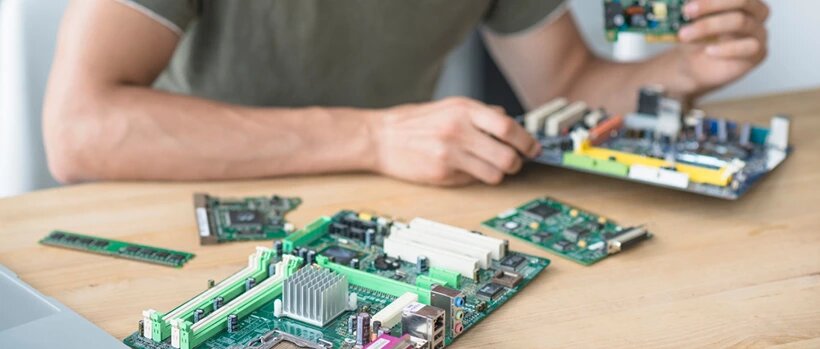
If you encounter issues with PCIe bifurcation, first check that all devices are securely connected to the correct slots on the motherboard. Review the BIOS settings to ensure that bifurcation is correctly configured for the intended PCIe lanes. If problems persist, updating the BIOS may resolve compatibility issues and help recognize all connected devices.
Faq’s
1. Why would I use PCIe bifurcation?
Using PCIe bifurcation allows you to connect multiple devices, such as NVMe SSDs or GPUs, to a single slot, maximizing space and enhancing data transfer speeds.
2. How do I know if my motherboard supports PCIe bifurcation?
Refer to your motherboard’s specifications or user manual to learn about PCIe lane configurations and bifurcation support. This knowledge is essential for optimizing your setup and connecting multiple devices properly.
3. What devices can I connect using PCIe bifurcation?
You can connect various devices, including NVMe SSDs, graphics cards, and expansion cards, depending on the motherboard’s support for specific lane configurations.
4. Are there any risks associated with PCIe bifurcation?
While PCIe bifurcation generally improves performance, using too many devices on a single slot may lead to bandwidth limitations, affecting overall system performance.
5. Do I need to change BIOS settings for PCIe bifurcation?
Yes, you often need to enter the BIOS or UEFI settings to configure the PCIe lanes for bifurcation, allowing the system to recognize multiple devices correctly.
Conclusion:
Understanding the PCIe bifurcation motherboard list is essential for maximizing your system’s performance and connectivity. By choosing a motherboard that supports bifurcation, you can efficiently connect multiple devices through a single PCIe slot, enhancing data transfer speeds and overall functionality.
Always consider compatibility, configuration, and your specific needs to ensure you make the best choice for your setup.
